So you are thinking about getting started upland hunting? Millions of people each year hit the upland fields and woods for different reasons. You may be getting started because a friend invited you. Maybe you are a big game hunter who just wants to try something different.No matter the reason, it is always good to prepare yourself to ensure success. Let’s look at some of the things you need to consider as you start your upland journey.
Just what is upland hunting
Upland hunting is an all encompassing term. It’s like if someone asks if you are a “big game” hunter. There are multiple game animals included under either term. The best first step is to decide which upland game animal you want to focus on, or even start with. That may be determined by what is available in your local area or, if invited by a friend, what they prefer to hunt.
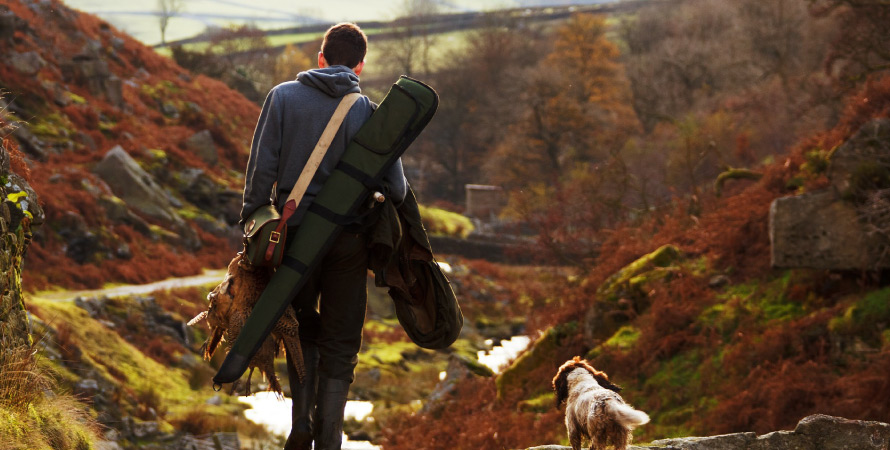
Generally speaking, upland game includes all of your game birds like pheasant, grouse, and quail. In fact, if you tell someone you are an “upland hunter” their first response will be to ask which bird you pursue. Birds are the predominant upland species. Your state game agency may also include rabbit and squirrel in that definition. There is one wild card to throw in the mix. Again, depending on your state game agency, wild turkeys are either upland or big game.
For our discussion here we will not include turkeys. So to prepare for getting started the first thing to consider is which of those game species to focus on.
What is your reason for upland hunting?
The first question to ask is: Why do I want to hunt upland game? Maybe you are a deer hunter and want to hunt upland game to explore new territory or spend more time in the woods and fields. In many states deer seasons are short and pursuing upland game gives you a chance to spend more time in the field. This article from Project Upland gives one hunters motivation.
Others may find it a good means of eating organic meat. What’s more organic than wild game? Maybe a friend who is already an upland hunter has invited you to join them in their sport. Looking at your reasoning will help you answer the next question: Which game do I want to chase?
Focus on one game species
As we said before, there are a lot of game species that fall under the upland game umbrella. Choosing a species will help you prepare to get in the field. If your friend invites you to join them the decision is made. Most upland hunters have a favorite species to pursue.
If not, then deciding which game to pursue will be critical in preparing for the hunt. Will it be birds like pheasant or quail? Maybe woodcock. Squirrels are plentiful in hardwood forests and additionally help new hunters learn skills you might need in other hunting pursuits.
Once that decision is made it is time to prepare for the hunt. If you are going to freelance, do it yourself, you will need to consider several factors: upland habitat, equipment, guns, and ammunition. All of those will be determined by the species you choose.

If you are chasing ruffed grouse or pheasant, check out these Hunting Spot blogs, Chasing Ruffed Grouse and Hunting Pheasants.
Techniques vary by the species you hunt. It really comes down to one of two methods: flush the game yourself or hunt behind a dog.
For the first time upland hunter the former method may be where you start. The best method for upland game is to walk slowly through the habitat or cover in a zigzag pattern, pausing for several seconds about every ten steps. This makes game birds or rabbits nervous and will usually cause them to fly or run to avoid the predator. Be ready with your gun. Sometimes that flush occurs on the first step after that pause.
If you are fortunate to be invited out with a friend, you may have the opportunity to hunt behind a dog. Dedicated upland hunters prefer using dogs primarily because the dog does all the hard work, getting into thick cover and using its nose to scent game and either pointing or flushing game for the hunter. The dog’s behavior also prepares the hunter for the impending flush.
Of course, hunters also revel in the sight of a dog working cover and delight at seeing them work. If becoming a dedicated upland hunter is in your future, a dog will be too. Which breed of dog to choose for upland hunting lends itself to a complete article unto itself.
Habitat: go where the species is
If you choose the freelance route it pays to do your homework. Driving to public land, loading your gun, and starting to walk will only lead to frustration.
The reason we want to focus on a species is because most species have specific habitat needs. Yes, you will find rabbits while hunting quail or pheasant along field edges. But that is the exception.
That’s why it is good to do as much research at home before heading to the woods or fields.
The first visit should be to your state game agency website. There you can confirm the season and bag limit for the game animal. Some state agencies, also have information about specific game species and their habitat needs. That should be enough to get you started.
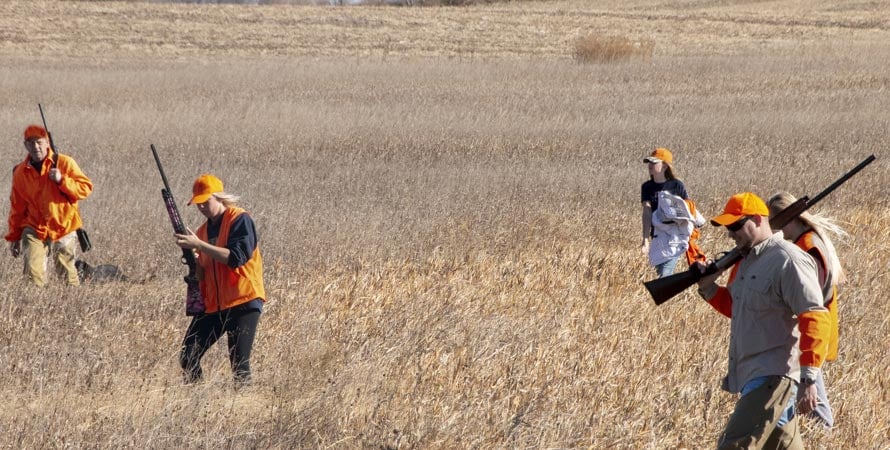
If you are pursuing game birds, most of them have conservation organizations dedicated to the species and
improving their habitat. Two examples are the Ruffed Grouse Society and Pheasants Forever. Again you can find
habitat information there and sometimes discussion forums, lists of chapters, and maybe links to local chapter social
media accounts.
The internet is a great source of research also. Undoubtedly, every upland species out there to pursue has been
written about in an outdoor magazine. Simply go into your search engine, type “hunting (species name)”, and get
ready to be inundated with articles on how to hunt that species. Word of caution: Be sure to translate that
information into your locale. An article on hunting ruffed grouse in Maine will not have much relevance to hunting
them in Virginia. The birds are dependent on two different habitats.
So we’ve done our homework, understand the habitat requirements, and have selected appropriate private or public
land to hunt. Now we need to equip ourselves for the hunt.
Clothing and equipment
Here is the beauty of upland hunting. Compared to big game hunting for deer, elk or other animals you can get
started with the minimal of clothing and equipment.
Thumb through any outdoor retailer’s catalog and you will understand. While dozens of pages of the catalog are dedicated to the big game hunter’s need for camo pattern clothing, trail cameras, scents, etc., it will typically have a scant 10 – 12 with upland hunting gear. The upland hunting needs are simple.
In clothing, you may need nothing more to get started than a blaze orange hat and/or vest to meet state regulation
requirements. In many upland conditions walking field edges and in the woods a regular pair of blue jeans and a
flannel shirt in moderate weather may be all you need. That can and will change over time as you experience the
hunting conditions.
First consider a strong pair of upland pants. Many birds, and particularly rabbits, inhabit thick, brushy cover either
along field edges or in the forests. That includes briars. Upland pants are typically designed with thick cloth and
usually some type of material on the front to turn briars and other things that will stick you. If you are going to get
into upland hunting for the long term they are worth the investment.
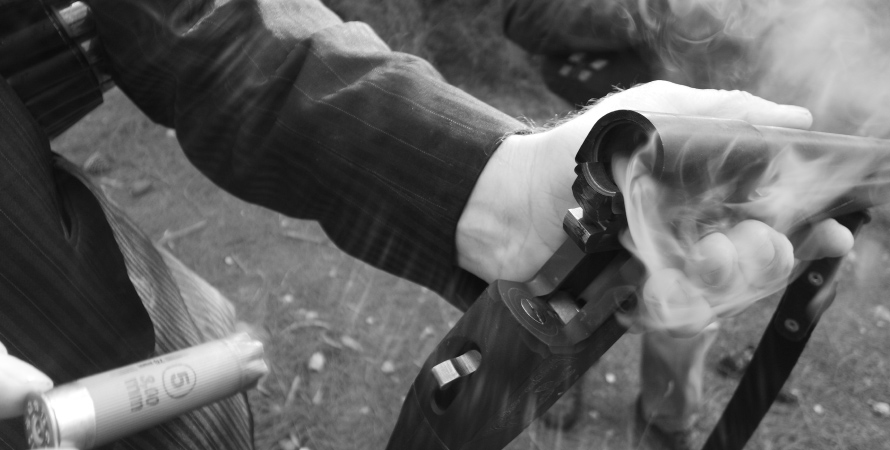
The second thing to put on your list is a game vest. These come in various configurations but all have two things in
common: a game bag to carry game and pockets to hold shells. They range in price and you can find one under $50
to get you started.
Many of them are either all blaze orange or have blaze orange material to meet regulatory requirements. There are some designed for warm weather and you can also find full coats to protect you in cold or damp weather. Again, it is a good investment for the long term.
The third essential is a good pair of boots. Some manufacturers even offer upland boots. Two critical factors to
consider are ankle support and boot tread.
Unlike many other types of hunting, the upland gunner is going to do a lot of walking, sometimes in difficult terrain. Boots should be comfortable, keep your feet dry, and provide traction in different types of terrain.
There are other items you might consider or learn about from experience: gloves, hat, and compass are some of
those.
Choosing the right gun
Clothing is important, but meaningless if you don’t have a gun to take game with. If you want to start an argument
among upland hunters start a discussion by saying, “The best upland shotgun is . . . “. Generally we are talking
shotguns here. The only upland game you would consider using a rifle for, usually a .22 rimfire, are rabbit and
squirrel. The best answer to the question as to which shotgun to use is the one you have available. A 12 gauge
shotgun in any configuration: over/under, side by side, pump or semi-auto will serve you in the upland fields and
forests. Some may argue that it is too much gun for small upland birds like quail or woodcock.
The solution to that is adjust your shotshell load (more on that later) and choke to meet the conditions.
Many upland hunters prefer the smaller gauges, 20 and 28 gauge, because of their light weight and handling ability.
An old reliable for upland hunters is making a resurgence, the 16 gauge. If you have inherited one of the classic 16
gauges you know ammunition is difficult to find.
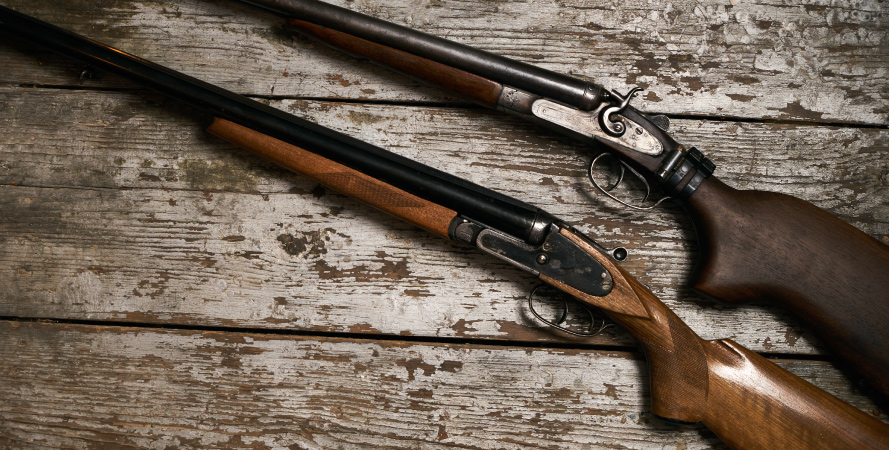
B&P Cartridge makes the 16 gauge Classic load in a 2 5/8” inch case that meets your needs. It comes in a variety of shot sizes for whichever upland game you decide to chase. There is one caveat here. The .410 gauge shotgun has a special application. If that’s all you have it will work fine for small game birds like quail and woodcock.
A lot of young hunters start their time in the fields hunting rabbits and squirrel with the diminutive .410. But most upland gunners consider it a specialist’s gun because of the light load. If your upland bird of choice is the Ringneck Pheasant you need to leave the .410 at home. Ringnecks are large birds with thick feathers and usually flush far from the gun. Using a .410 on pheasant will usually result in wounded and running birds.
Whichever gun you have or choose, it’s to your advantage to do some practice before heading afield.
Remember, we’re shooting at a typically fast moving target, sometimes in thick cover. Time at a trap, skeet, or sporting clays range will help improve your hand/eye coordination to acquire the target, move the gun to it, and pull the trigger.
Hunting loads are usually more expensive than target loads so pick up a case of B&P Competition One shells and
head to the range. They are available in all gauges (except 16) with several different shot sizes. Trust us, it will be
time and money well spent when you feel the heft in your game bag.
Putting shot on target
To this point we’ve chosen the upland game we want to hunt. Research was done on their habitat and where to hunt.
Any clothing or equipment has been purchased and the gun is ready. Let’s look at the type of shotshells we need to
shoot.
In that research you may have read an article that recommended load and shot size for the species. Many
hunters opt for the lowest cost shotshell. That might be a mistake and result in lost game. Not all shotshells are
created equal.
In this Hunting Spot Blog, The Importance of quality shotshells, we can see that the components
going into the shotshell make a difference in performance. One example in the blog shows a 20 percent
improvement in performance of high versus low antimony shot. A high quality game load will improve your
performance in the field.
B&P offers a complete line of Upland Game loads that provide standard and high velocity
loads with nickel plated shot. Nickel plated shot will not deform as it exits the barrel which provides more consistent
patterns at typical ranges and reduce the chance of holes in the pattern.

Generally speaking, the smaller the upland game, the smaller the shot size.
We know, as the number goes up the size goes down. Small game birds like bobwhite quail, which usually flush close to the gun, are easily taken with 7 ½ or 8 shot in lower velocity loads. The same load effective for quail will suffice for woodcock. There are some factors hunters should consider in addition to size of the game: the habitat, time of year, and distance of a typical shot.
Most game birds live in edge cover along fields. When flushed shots are typically open. Larger birds like pheasant
will need #4 – 6 shot to effectively put them on the ground. The two exceptions to this are ruffed grouse and
woodcock. These two prefer thick young forest growth and hunters are typically shooting in thick cover.
You will rarely get an open shot at either. Shot density is important here which makes a strong case for high quality ammunition.
When you hunt game can influence your choice of shotshells and shot size. Early in the season birds are usually
lightly feathered. They haven’t been hunted much, if at all, and typically flush closer to the gun.
As the season goes along and cold temperatures move in the birds move to thicker cover and aren’t as friendly to the gun. They have been hunted and will probably be gun shy, flushing wild from the approaching hunter. Late season upland hunters usually go up one to two shot sizes depending on circumstances. The pheasant hunter who finds #6 shot sufficient in early season may need to step up to #4 or 5 shot late in the season as birds flush at longer ranges from the gun.
Many grouse hunters will start the season with #7 ½ shot and switch to #6 as the season progresses. Grouse are known to flush wild and that behavior is even more prevalent as the weather changes and grouse become more wary of any predators. Again, B&P Upland Game loads provide shot sizes to meet changing hunting or shooting conditions.
Rabbits and squirrel are in their own category. Any gauge gun will do with most hunters preferring #5 or 6 shot.
These furry animals with their thick skin require a high velocity load with large shot to put them in the bag. They are often times shot at longer ranges, 30 – 40 yards.
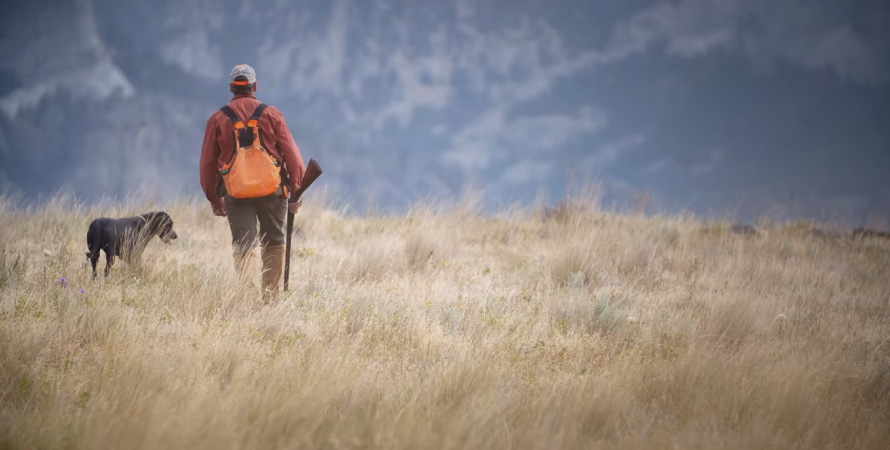
Let’s look at chokes. As you have already gathered, depending on the species you may me shooting game birds at 20
yards all the way out to 40 yards. In your pre-trip planning consider the typical shot distance in relation to the choke of your shotgun.
If you know for sure shots will be tight, grouse and woodcock, an open choke like skeet or improved cylinder will open the pattern quickly. Move to the pheasant field where birds get up 20 yards in front of the gun and shots may be at 30 – 40 yards step up to a modified choke.
The joy of upland hunting
When you hit the upland fields you will understand its allure. Moving through the forests or fields, the excitement of the flush, and the heft of a bird in your hand will bring it all together. It is probably the easiest and least costly way to get started hunting. Now that you have the information, it is time to put boots on the ground and enjoy the great outdoor experience of hunting small game.

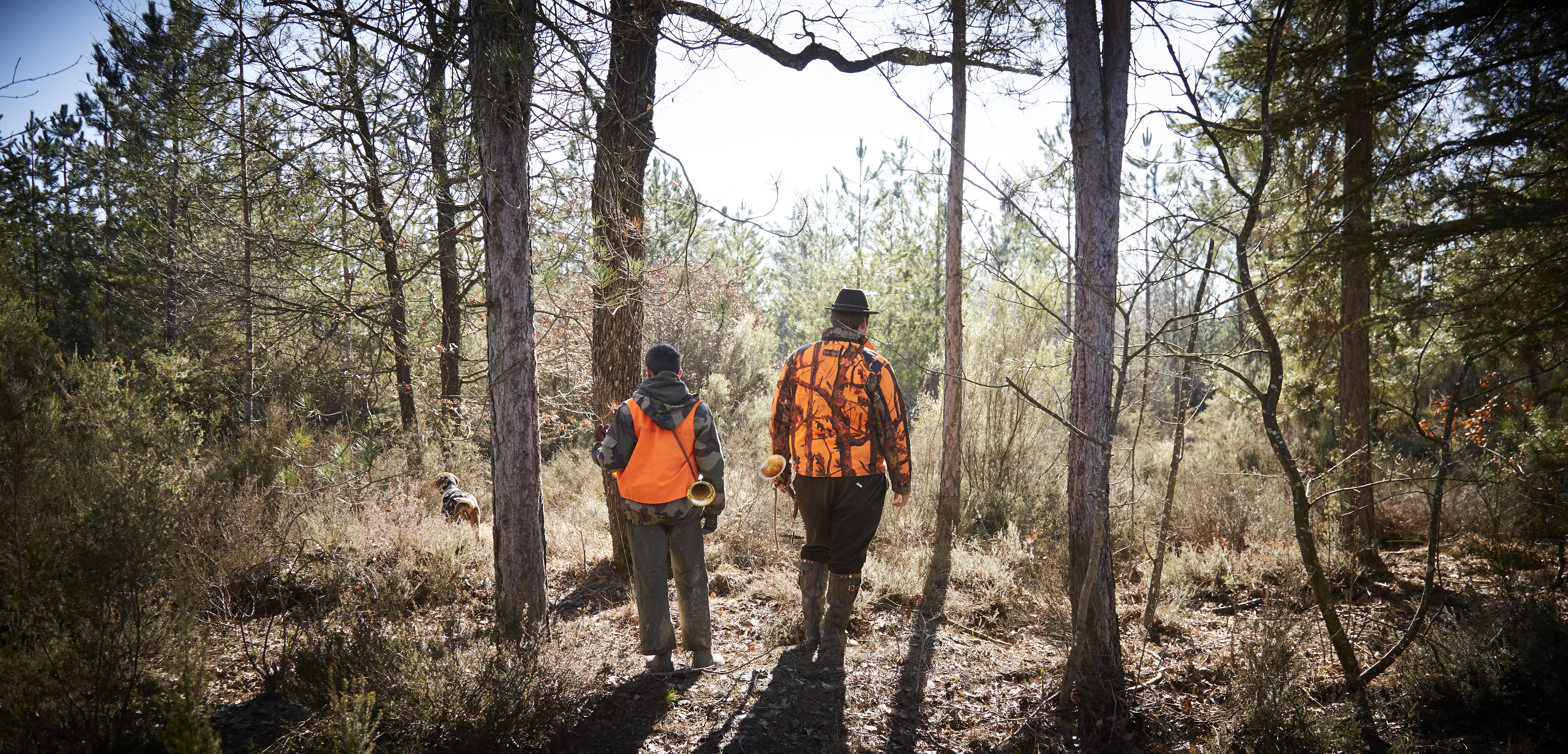

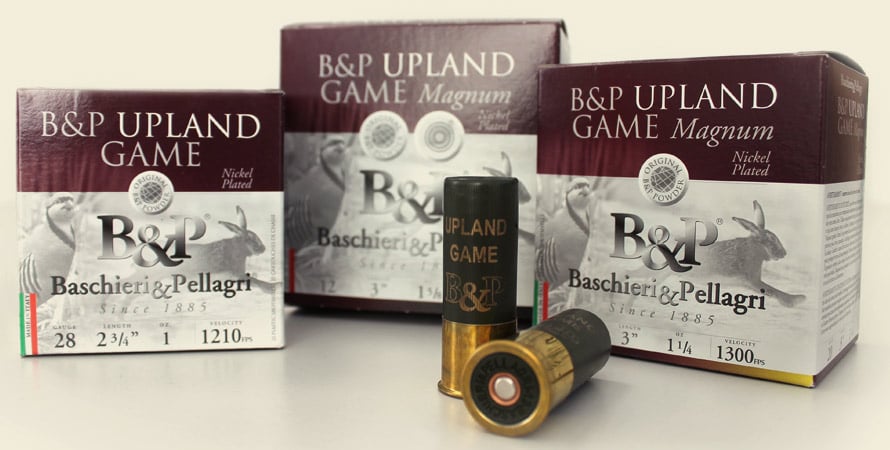

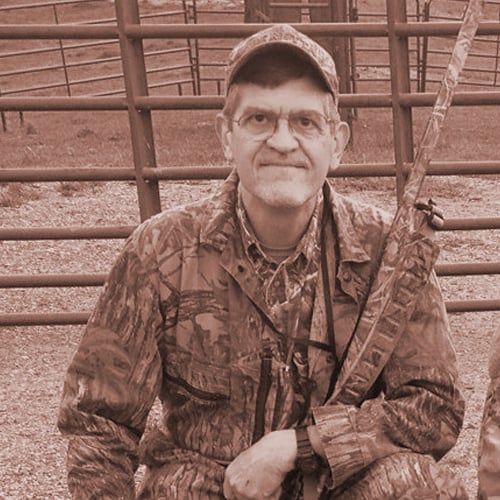
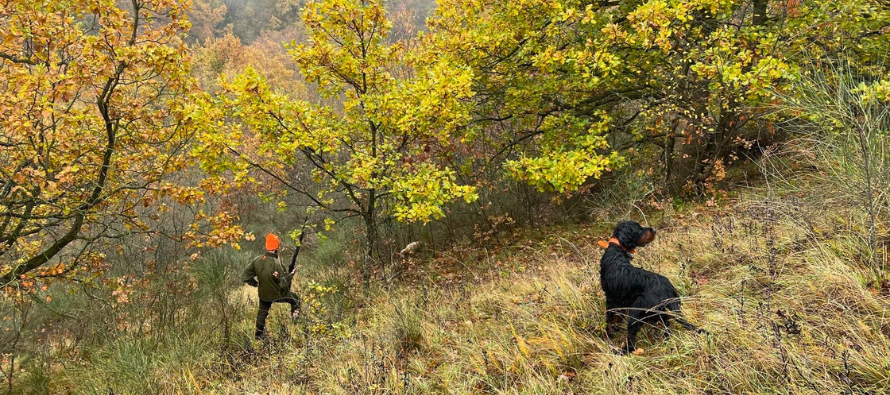
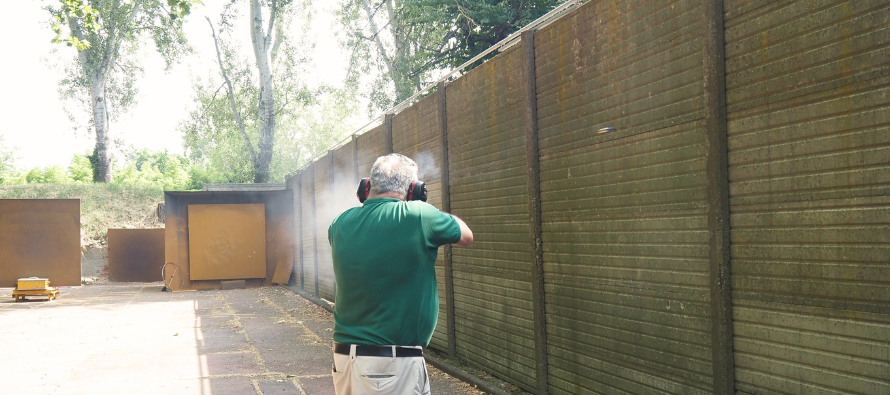
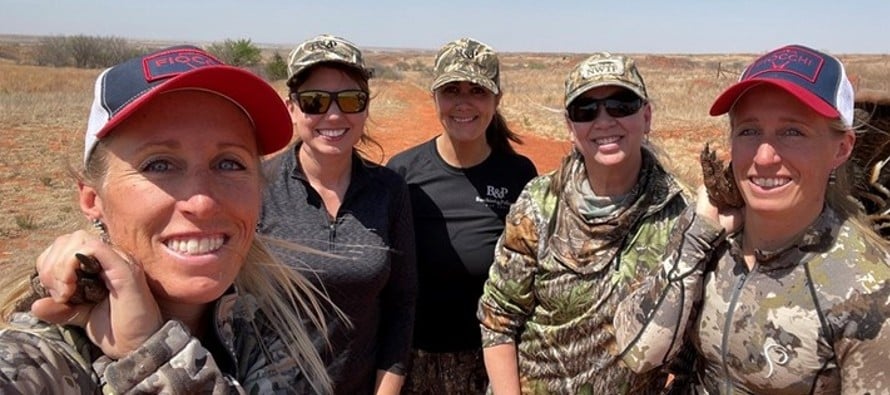
Comment this post